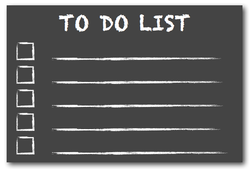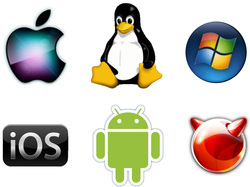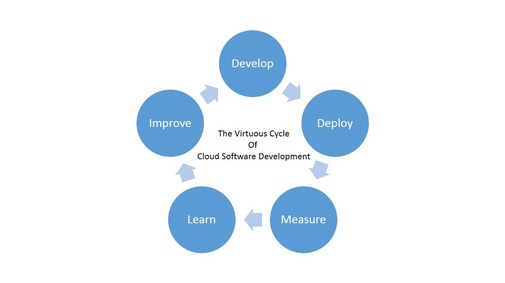
IP communications services - voice, video and chat and the many variations therein - are all the rage again. Startups are sprouting daily. Though some focus just on mobile, many are building cross-platform applications.
When building such a service, the first and most important capability that you need to build is perhaps not so obvious. It is not wideband voice. It is not chat. It is automated (and silent) client software upgrade.
When building such a service, the first and most important capability that you need to build is perhaps not so obvious. It is not wideband voice. It is not chat. It is automated (and silent) client software upgrade.


 RSS Feed
RSS Feed